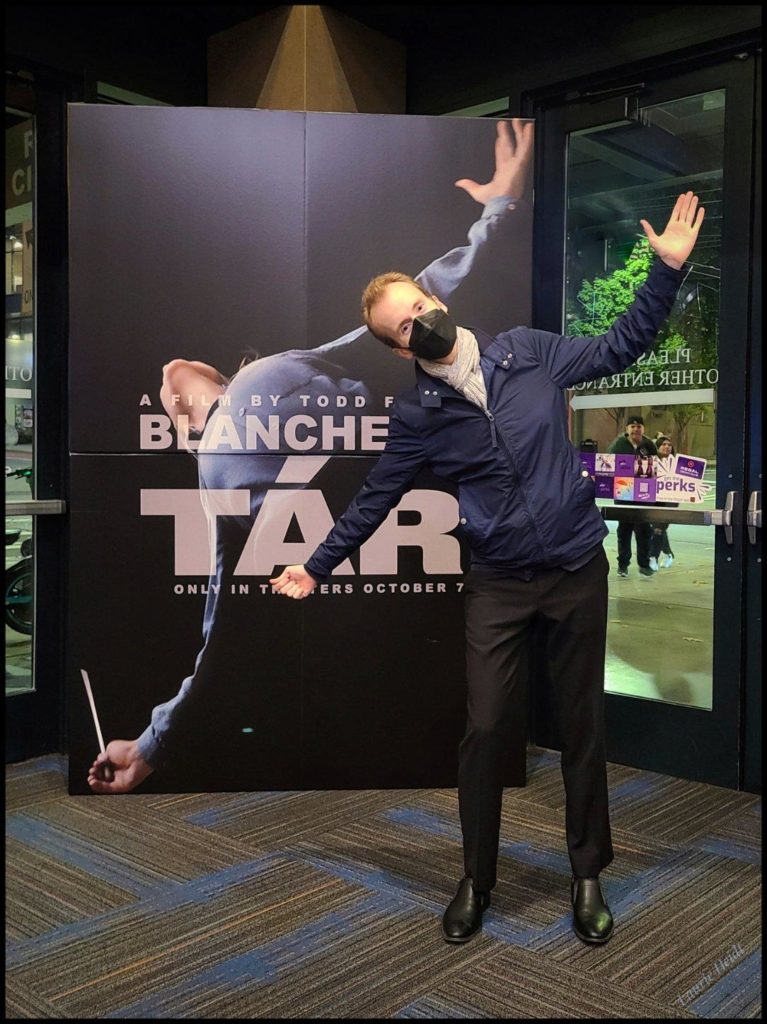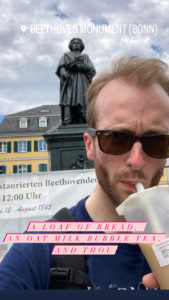This post originated as a column in the Classical Gabfest Newsletter of Dec. 29, 2022
I was at a party a couple nights ago — like, an actual party, not just a post-concert mixer, which is extremely out of character for me — and since it was an assemblage of musicians, there was some talk of putting YouTube videos on the home TV system.
At this suggestion, someone chimed in “yeah, but then we’re just gonna have to spend every other minute listening to ads.” This was met with general agreement, but I found it deeply shocking and troubling. I can not imagine living in a world in which I did not avail myself of the YouTube Premium service, and I think it is literally insane that the rest of the people at that party would subject themselves to a pre-2015 level of internethood.
With YouTube Premium, you get YouTube without the ads, you get the ability to download videos to your device, and you can turn off your screen while you listen to just the audio from a video.
Why do I consider this of paramount importance for musicians? Because YouTube is simply the best place to go for classical music on a number of fronts:
- It’s the only service that lets you search for composers, compositions, and performers in the way that classical musicians intuitively think about music.
- Basically every piece of music has been uploaded as a “scrolling score” video. I can not overstate what an advance this is over the state of affairs I was in college, when you had to go to the library and take out a score and then find a CD in order to study a work, or even over the situation just a few of years ago, when you could use Spotify + imslp to do the same.
- The “skimming” function is far and away the best of any service because of the visual medium. It’s very easy to find a specific spot in a recording, even more so now that YouTube has added a sort of audio map at the bottom of its videos.
- You can also find multiple live performances of every work, most of them contemporary but many of them classic performances by performers of yesteryear. This is invaluable study material as it allows you to look at fingerings, bowings, performance style, etc. and make comparisons.
- The discovery mechanism, via the Suggested Videos and Home Page algorithms, is second to none, and an improvement even over the old experience of browsing the shelves at the record store.
Plus, for the price of one YouTube family membership ($22 / month) you can share the gift of YouTube Premium with five other people.
At a fundamental level, I think it’s hard for younger musicians to grock that this is a good deal. But from the ages of 14–25, I probably spent $50-100 every month on CDs alone. These days, people think you shouldn’t have to pay for anything that’s freely available online, even if it comes in a degraded form where you get interrupted all the time and can’t use its full functionality.
What I’ve always said about streaming services is this: for the price of one CD a month, you can have immediate access to every CD for a month. I’m also a Spotify user, but only barely, as it has been supplanted in every conceivable way by YouTube.
This isn’t a paid commercial; it’s just a declaration of love. I sincerely believe that every serious musician and music lover should avail themselves of this resource that is a total game-changer in so many ways for what we do.


